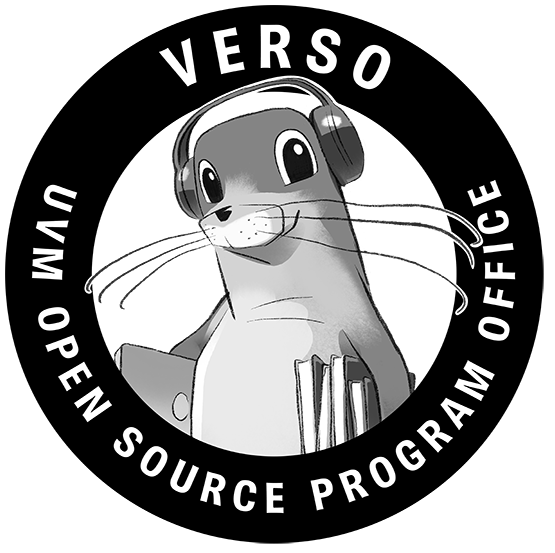Open source software has revolutionized the tech world, offering a world of possibilities to developers and users alike. However, this digital frontier comes with its own set of rules and guidelines known as open source licenses. In an inaugural talk hosted by the Open Source Connector, David Kopec, an Associate Professor at Champlain College, will delve into the essential aspects of open source licenses. This event promises to be an enlightening journey, exploring the rights and responsibilities of incorporating open source libraries into your projects, the importance of these licenses, an overview of various open source license types, and the best practices for those engaged in open source development.
Open source licenses serve as the backbone of collaboration in the digital realm, ensuring transparency, accountability, and the preservation of the open source spirit. By attending this talk, you’ll gain a deeper understanding of these licenses and their implications, equipping you with the knowledge needed to navigate the open source landscape effectively. Whether you’re a seasoned developer or just starting your journey in open source software, this event, open to all and even featuring delicious pizza, is a valuable opportunity to broaden your horizons. Join us at the Champlain College Campus, and stay tuned for the details of this exciting hybrid event that combines in-person and Zoom participation. The Open Source Connector, generously funded by the James Jefford Grant and organized by VERSO and faculty at the University of Vermont and Champlain College, is committed to fostering collaboration, knowledge sharing, and real-world impact in the realm of open-source software development in Vermont and beyond.
Join us in this quest to shape the future of open source technology!
